Since Hamas’s assault on innocent Israelis, a wave of anti-Semitism has swept across the world. Jews in Europe feel distinctly unsafe. There’s been an arson attack on a German synagogue, the desecration of a Jewish cemetery in Austria, and, last weekend, in Lyon, a Jewish woman was stabbed twice, a swastika sprayed on her door. Meanwhile, in Britain, as the Guardian newspaper proclaims that ‘Israel must stop weaponising the Holocaust,’ the Metropolitan Police report antisemitic attacks to have increased in early October by 1350 per cent. You wonder what the late director Claude Lanzmann would have made of it.
Lanzmann’s nine-hour Holocaust documentary Shoah (1985) – meant to be sampled in two parts or at one sitting – was intended to be a colossal blow against such hatreds ever returning to haunt Europe again. Eleven years in the making, it contained long, harrowing accounts of the mass-execution by the Nazis of six million Jews. Lanzmann spoke to those who had survived the camps, to witnesses and perpetrators. He was able to meet ex-guards, Nazi officials and pen-pushing bureaucrats from whom, armed with a hidden camera, he was able to extract the most damning confessions. This was brave and even reckless: when his cover was blown, Lanzmann was brutally beaten up at one point for his efforts. But the filming went on.
Shoah is a work on the Holocaust like no other. There are no black and white scenes of living skeletons, no stripy uniforms, no accompanying musical soundtrack. Instead, Lanzmann gives us an environment and allows the stories to fill it. Amidst the tales of Treblinka and Sobibor we see the Polish countryside – callously picturesque – in which they were located. The long low building of Birkenau is filmed in every weather and every different mood, like Monet’s haystacks. Shots of modern factories seem to rhyme eerily with the gas-chambers, and there are endless comings and goings of trains. Mostly the landscapes are empty, so that when we see the occasional person moving across them – a cyclist, a group of children, even a chicken – it brings us up with a jolt. On his travels in Iran a few years before his death, Lanzmann was asked to prove the Holocaust had really happened. Where were the bodies? ‘The proof,’ he replied, ‘is not the corpses. The proof is the absence of corpses. There were special details who gathered the dust and threw it into the wind or into the rivers. Nothing of them remained.’
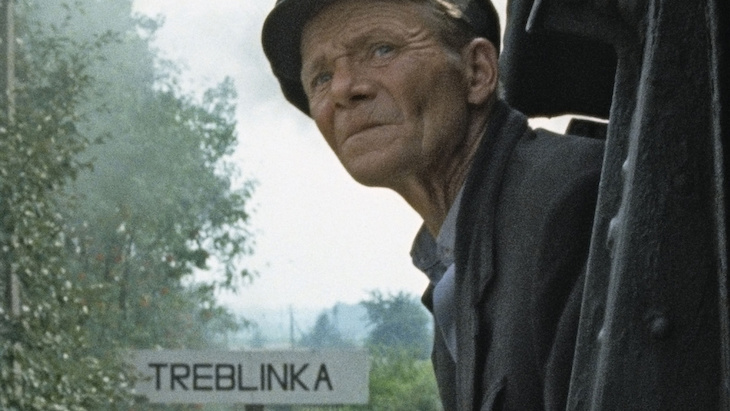 A still from Shoah (Credit: Kobal/Shutterstock)
A still from Shoah (Credit: Kobal/Shutterstock)
Of course, we hear terrible stories – the film’s overwhelming force comes not from the scale of the event but the minutiae. We’re told of prisoners forced to dig mass-graves with their bare hands, listen to people who witnessed Jews falling out of gas-vans only partly asphyxiated, so that ‘when they were thrown into the ovens, they were all conscious. Alive.’ One of those interviewed, ordered to disinter a mass-grave, found his entire family buried there: ‘They’d been in the earth four months and it was winter. They were very well preserved.’
So it goes on, detail after detail. His subjects sometimes tell their stories with odd little half-smiles, occasionally a prelude to breaking down completely – or trying hard not to. Often the real horror lies in the silences, the moments when the talking stops and the survivors cannot go on with their memories. A barber who’s been stolidly recounting how victims were prepared for the gas-chambers suddenly dries up – ‘I can’t… It’s too horrible…. Please.’ Lanzmann, coaxingly, forces him to continue. He is at times pushy in his questions, exhaustive, unreasonable – but then, films like this are not made by ‘reasonable’ people. It’s not so much the ‘why’ that obsesses Lanzmann, but the ‘what’. What did the gas-vans look like? What instruments did barbers use to cut Jewish hair, and how long did they take? What happened when, after ‘special treatment’, gas-chamber doors were opened once again?
‘Every day we saw thousands and thousands of innocent people disappear up the chimney’
Often the sobering things are the most routine. We see railway timetables neatly typed for transports to the camps, with hours scheduled for cleaning of the cattle-trucks and administrative codes to clarify they’re returning empty. We hear one ex-Nazi say expansively of Treblinka that it ‘worked well, that production line of death,’ and that in two hours, from arrival to cremation, ‘it was all over.’
Part One of Shoah, after four unwavering hours, ends with a secret Reich directive on the design of gas-vans. Electric lights must be retained in them, we hear – ‘because of the alarming nature of darkness, screaming always occurs when the doors are closed’ – but should henceforth be covered with a protective grille. For efficient cleaning, a drain is to be installed in the van floor, so that ‘fluid liquids can drain off during the operation.’ The vehicle company to make these innovations, the directive says, is ‘Saurer’ – at which point Lanzmann’s camera lingers on a modern lorry from the same manufacturer. Corporations adapt to survive, we note, just like people. Visiting Poland decades after the Holocaust, Lanzmann said the greatest shock was finding out normal life had gone on in places like Auschwitz and Treblinka– as if events, it’s implied, had been vapourised as conclusively as the Jews themselves.
We see this process of amnesia in Shoah too. ‘No one can describe it,’ says one survivor. ‘No one can recreate what happened here. And no one can understand it. Even I, now… No, I just can’t believe it.’ Perpetrators seem to exculpate themselves, speaking of the Jews of ‘those poor people’ or the events themselves as ‘sad, sad, sad’. At one point, Lanzmann visits the ex-deputy-commissioner of the Warsaw Ghetto, who’s now become the dullest of office-workers, with snazzy glasses, ballpoint-pen and button-down collar. ‘I recall more clearly my prewar mountaineering trips than the entire war period,’ he tells Lanzmann airily. ‘We tend to forget, thank God, the bad times more easily than the good. The bad times are repressed.’
In Autumn 2023, if recent attacks are anything to go by, the world seems in danger of forgetting them too. Most, if not all, of the people interviewed in Shoah are now dead, along with Lanzmann, who passed away in 2018. The following year American’s PBS channel produced a programme called ‘The Last Survivors’, in which one of them, cellist Anita Lasker-Wallfisch, admits: ‘We are the last ones, when we’ve gone…Then it’s all history books.’
Or it’s films like Lanzmann’s. There’s nothing more powerful than the monumental Shoah to help us recall how easily those unprecedented events slotted into a world we can just about still recognise as our own.
But let the last word go to Filip Müller, one of the film’s survivors, interviewed throughout in a room with the blinds drawn, who couldn’t forget even if he wanted to:
‘Every day we saw thousands and thousands of innocent people disappear up the chimney. With our own eyes, we would truly fathom what it means to be a human being. There they came, men, women, children, all innocent. They suddenly vanished, and the world said nothing.’
Got something to add? Join the discussion and comment below.
Get 10 issues for just $10
Subscribe to The Spectator Australia today for the next 10 magazine issues, plus full online access, for just $10.

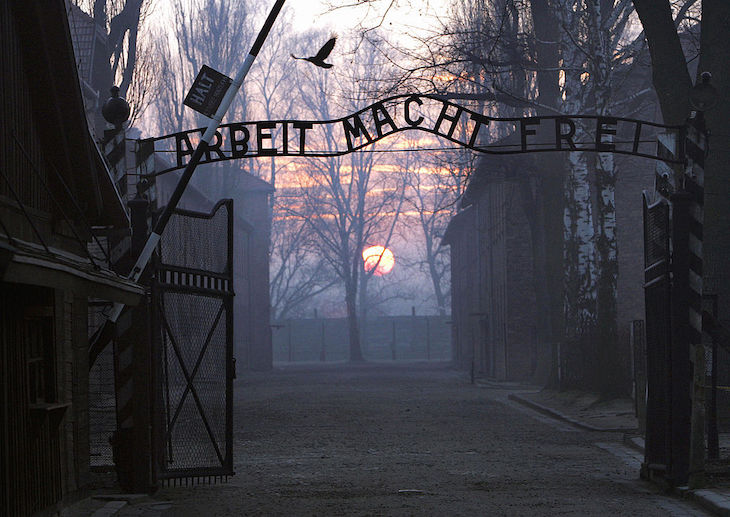
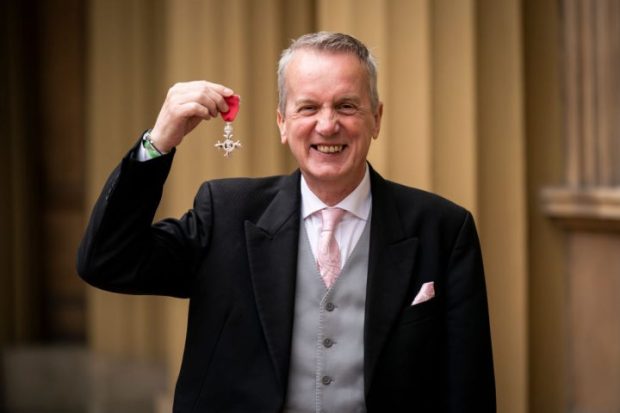
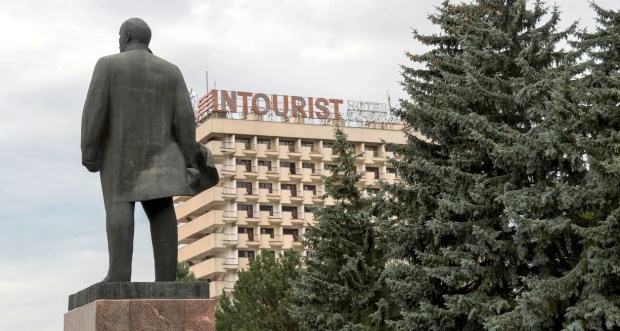
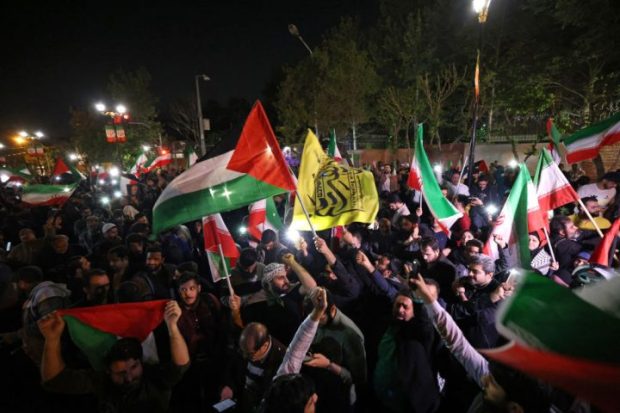
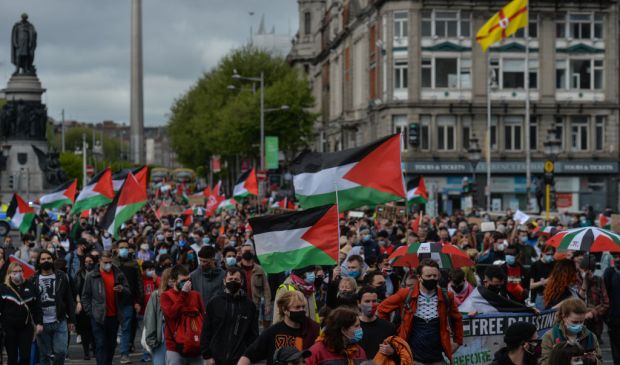
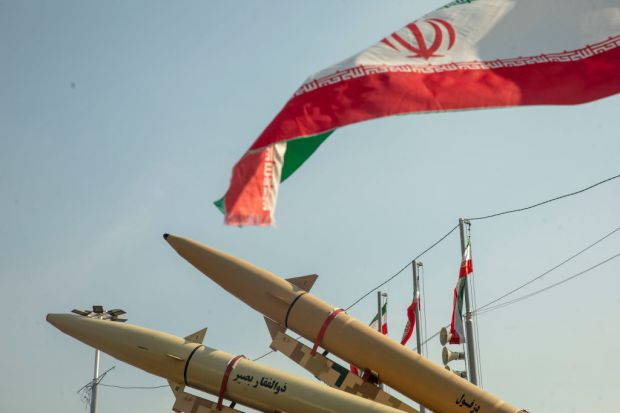
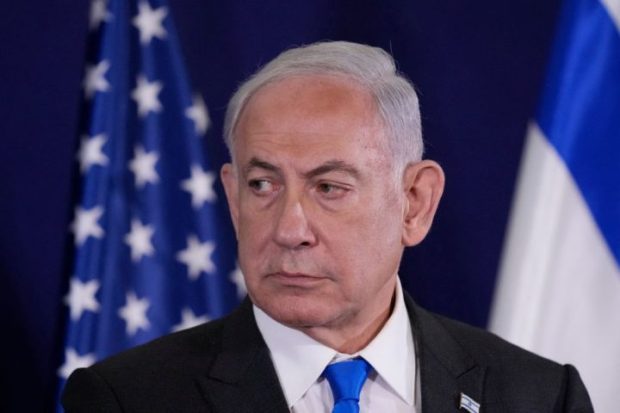












Comments
Don't miss out
Join the conversation with other Spectator Australia readers. Subscribe to leave a comment.
SUBSCRIBEAlready a subscriber? Log in